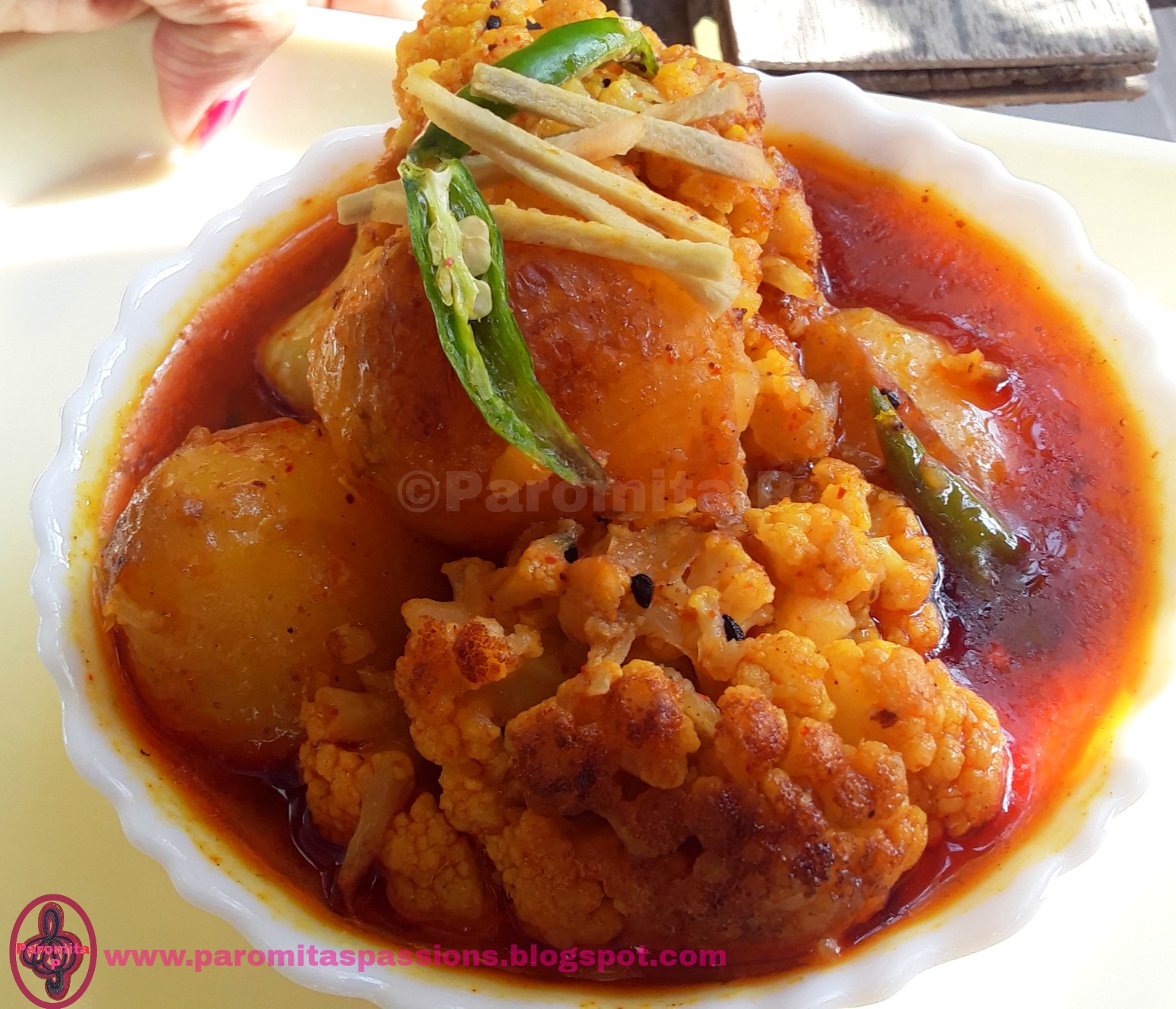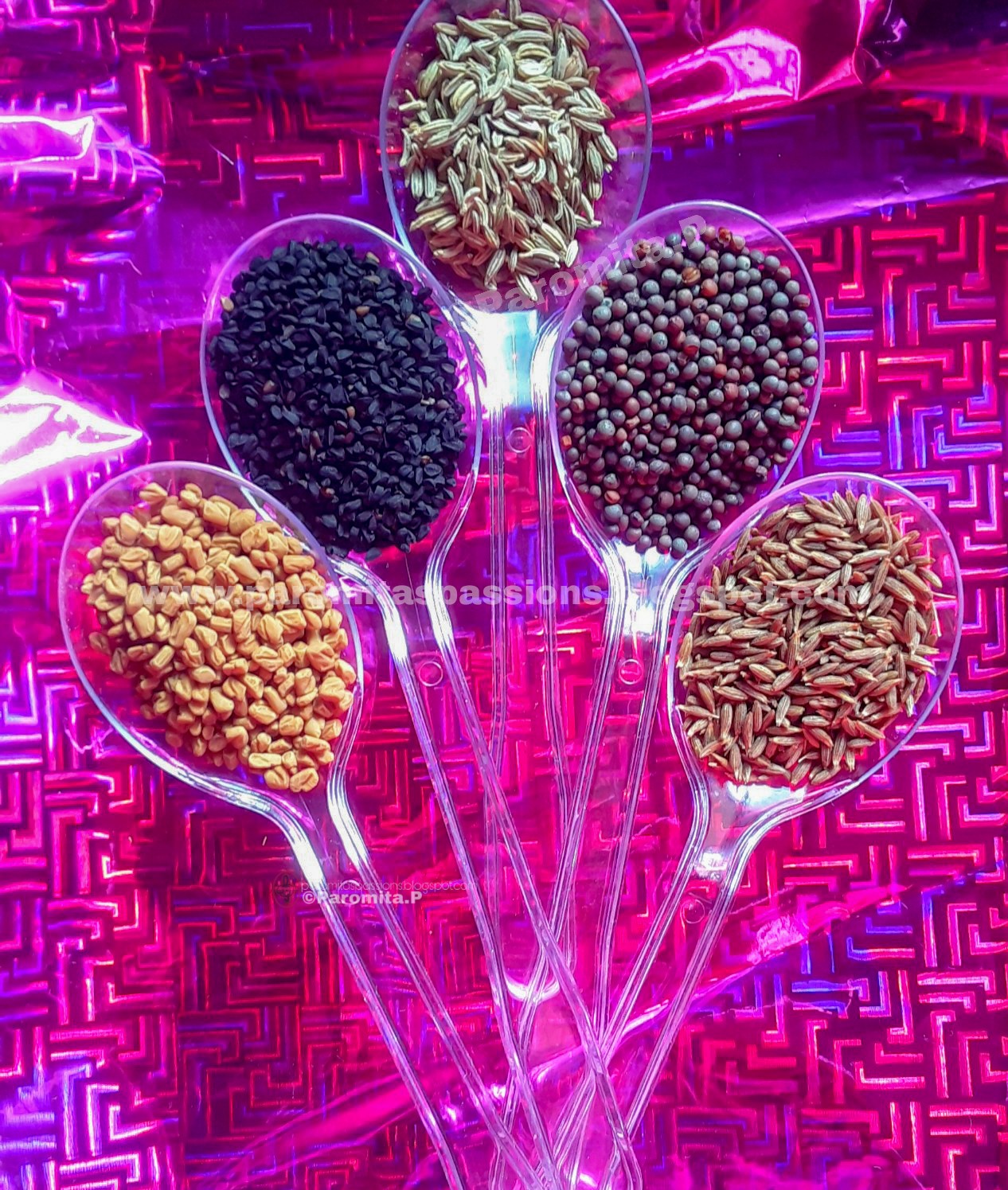Badi is a Bengali preparation of making dry nuggets out of
soaked and ground batter of different
kinds of lentils. It is pronounced as 'Bodi' or 'Bori' in Bengali and generally, these are known as Vadi in other
parts of India, and this age-old tradition
is followed in West Bengal where Badi
making is very famous in every rural household.These can be prepared with Moong
Dal, Urad Dal, Masoor Dal, Chana Dal etc. There are varieties of Badis prepared
by every Bengali household such as the Plain Badi, Masala Badi (Masala=spicy), Goyna Badi (Goyna=designer), Phool Badi
(Phool=flower), Bodo Badi (Bodo=big) etc.
Badi is a traditional method of making lentil dumplings and
drying them under the sunlight. It is the oldest way to bring all the female
group in the house together at a place to put the lentil dumplings in a
mat/cloth/ aluminium utensils under the
sunlight. Usually, the terrace or the big
verandah is chosen where women make a big
circle and they gossip to the fullest while putting the dumplings/small balls. This traditional method of making Badi is still
carried on in each and every household in the Eastern part of India such as
West Bengal, Orissa, Assam so on. Even the city dwellers have not given up this
method of making Badi at their narrow verandahs or common terrace in an
apartment.
Badis on mat under the sun
We also get readymade lentil dumplings in the
grocery/provision stores in Kolkata markets, and these readymade Badi in the
sense are nothing but women from the rural areas make them and then supply to
the traders. There are small-scale
industries in the rural places or in the suburbs of the city, which enhance this household tradition so that people whenever
they want them readymade, can buy immediately from the shop because city
dwellers are usually busy with the day long hectic schedules. Overall to keep
the traditional Bengali cuisines alive in the nuclear families, the Badi in the
markets are always available and serve as the best option. On the contrary, the
modern household has slowly forgotten this
traditional method, obliterating to the present fast pace of livelihood
people do not have so much time or
patience to spend on making the dumplings and it also needs a little bit of labor.
Few households still use the homemade Badi for the
traditional Bengali recipes such as Shukto, Chorchoda, Kadhi or evenly used for
any kind of recipes for that matter. The
joint families where Grandmother is the ablest
individual who continues the tradition of Badi making and also she patiently
make these Badis every year, preserve them in a big container for the entire
year, few she distributes to her daughter or son living in different places to
carry the legacy of supreme taste in the Bengali recipes. Many housewives even
in today's modernization have continued
learning this traditional art of making
Badis from their mothers or Grandmothers. This process of making dry Badis are
usually done during the winter season when
women soak themselves under the warm sun in the cold season, also enjoy making
the Badis with their hand.
There are modern techniques that have come into the market
to make Badis, but the way our ancestors used to spend their time and put their
love into making those Badis were beyond
any description. These age-old process of
making Badis can still be kept alive with this generation
next. So I'm going to share the easiest method to make these Badis at your house or even at a very small place
where there is a sunlight availability for at least 3-4 hours a day.
Tips: Using market available vessels to put Badis can
give you the best result. They are known as 'Chong' in Bengali.
[Veg]
Prep Time: 25 minutes
Making Time: 35 minutes
Total Time: 60 minutes
Cuisine: Indian/ Bengali
Measuring Items: 1 cup = 150 ml; Tablespoon (tbsp)
Ingredients:
- Urad Dal (Split
Black gram) - 600 grams ( about 1.5 cups)
- Ginger - 2 inch
- Cumin (jeera) powder - 6 Tbsp
- Salt - 3 tbsp
- Mustard oil- 1 cup
Method:
How to prepare ‘Urad
Dal Badi’ with step by step
pictures and instructions-
- Soak Urad dal overnight.
- Rinse with water properly and drain the water.
 |
| Urad Dal |
- In a mixer grinder, take a handful of urad dal, little ginger
and half a cup of water. (Blend dals batch-wise or else if you blend all
together it may not give a smooth batter)
- Blend it into a smooth paste (keep adding water little by
little to make a fine paste, because urad
dal is very thick and sticky).
- Grease the aluminium
utensils with a spoonful of mustard oil and put the plates under the sunlight
before you start putting the dumplings.
- Put the blended paste in a large bowl/ thali, add jeera
powder and salt. Spread the batter over a thali and keep whipping until it
gives a puffy texture (at least for 8-10
minutes).
- Now slowly take a handful of the batter, make a fist and
from the gap of your thumb and index finger,
put the dumplings in small portions.
There is another way to put these dumplings. Although there are many modern technology, however, what's my
work without an Art. So I thought of a homely
method to put these dumplings easily. It's a typical home-based method out of the things that you get in your house. You would just need an empty
toothpaste tube, an empty milk packet and a rubber band, and of course a scissor for cutting.
- First, take the
toothpaste tube and cut it near the mouth of the tube.
- Wash the empty milk packet, cut and open one side of the
packet. And a little hole at one corner of the other side.
- Insert the tube's mouth in the milk packet and tie it with
the rubber band.
- Now pour in the Badi batter inside the milk packet, and
enclose the open end of milk packet with your palms.
- Now
start putting the Badi dumplings in a little
amount by slightly pressing down towards the mouth.
That's how you can easily put the Badis, and can
finish putting nearly 200 Badis within half an hour.
Paromita Pramanick ©2018. All Rights Reserved.





















































